From Take One (January 1979). — J.R.
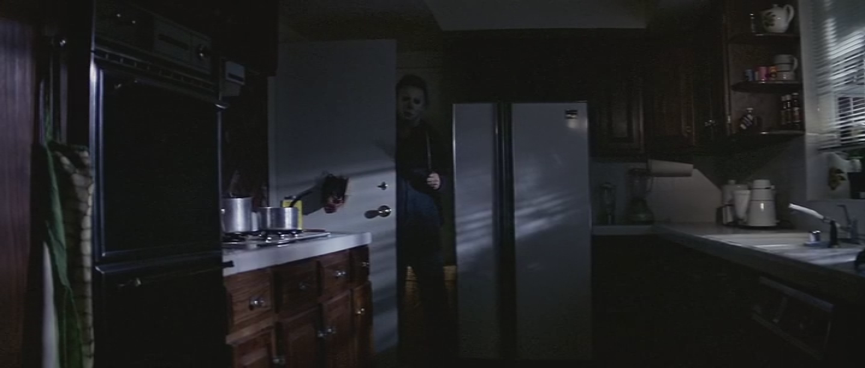
In order to do justice to the mesmerizing effectiveness of Halloween, a couple of mini-backgrounds need to be sketched: that of writer-director John Carpenter, and that of the Mainstream Simulated Snuff Movie — a popular puritanical genre that I’ll call thw MSSM for short.
(1) On the basis of his first two low-budget features, it was already apparent that the aptly-named Carpenter was one of the sharpest Hollywood craftsmen to have come along in ages — a nimble jack-of-all-trades who composed his own music, doubled as producer (Dark Star) and editor (Assault on Precinct 13), and served up his genre materials with an unmistakably personal verve. Both films deserve the status of sleepers; yet oddly enough, most North American critics appear to have slept through them, or else stayed away. Somehow, the word never got out, apart from grapevine bulletins along a few film-freak circuits.
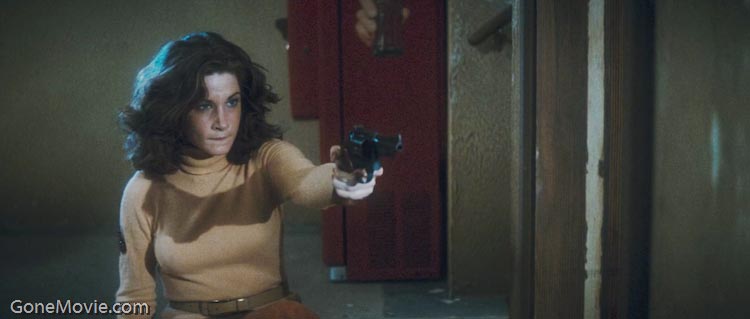
Dark Star proved that Carpenter could be quirky and funny; Assault showed that he could be quirky, funnu, and suspenseful all at once. Halloween drops the comedy, substitutes horror, and keeps you glued to your seat with ruthless efficiency from the first frame to the last. Read more
Written for my En movimiento column for the September 2013 issue of Caiman Cuadernos de Cine. Reseeing The Hanging Tree tonight, I was fascinated to discover how much McCabe and Mrs Miller was indebted to its prostitutes and its fires, and how often Daves could use a crane as if it were a musical instrument.— J.R.
“Many of Delmer Daves’s films are beloved, but to say that he remains a misunderstood and insufficiently appreciated figure in the history of American movies is a rank understatement.” This is how critic Kent Jones begins the second of his two essays accompanying the simultaneous Criterion releases on DVD and Blu-Ray of Jubal (1956) and 3:10 to Yuma (1957), the first two in a string of three Westerns that Daves made with Glenn Ford. (The third was Cowboy in 1958.)


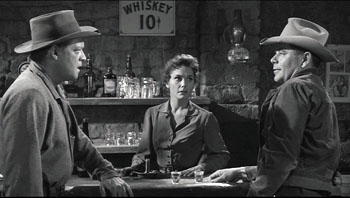
I saw the two Blu-Rays, in reverse order, on the same day, and I agree entirely with Jones that 3:10 to Yuma (ignoring its reportedly lamentable recent remake) is a remarkable achievement — as much for Glenn Ford’s performance as a charismatic villain as it is for the diverse dramatic and visual nuances of Daves, working in black and white and widescreen. Speaking as someone for whom Glenn Ford’s heroism in my youth was as important as that of James Stewart or Cary Grant, I was also astonished by the unpredictable and multileveled killer-hipster and delicate gangleader-womanizer he creates here (and also grateful for a fascinating interview with his son and biographer Peter Ford, included as a bonus). Read more
Written for Cinema Guild’s Blu-Ray of Tsai Ming-liang’s Stray Dogs, released in mid-January 2015. — J.R.
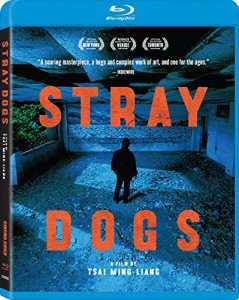

Stray Dogs (2013), winner of the Grand Jury Prize at the 70th Venice International Film Festival, is Tsai Ming-liang’s tenth theatrical feature. It was described by Tsai at its premiere as his last, and in many ways it’s his most challenging. Considered as the apotheosis of his film work to date — which also includes eleven telefilms made between 1989 and 1985, and ten shorts or segments of portmanteau features, culminating in the 2014, 56-minute Journey to the West – it constitutes a kind of nervy dare to the viewer, and to prime oneself for it, it might help to look at Journey to the West first.
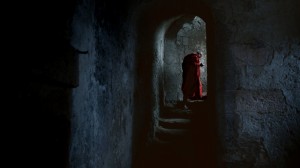
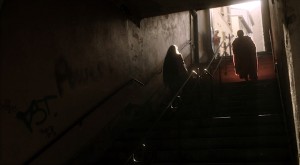
Even though both films flirt with stasis, usually in the midst of extremely long takes, they’re also performance pieces that hark back to Tsai’s roots in experimental theater and television. And the performers are not only hired actors but also unsuspecting street pedestrians, places, weather conditions, the camera, and, perhaps most crucial of all, viewers watching the activity of all of the above. If Tsai’s films typically qualify as questions rather than answers, foremost among the questions is how we perform as spectators – a question that we’re obliged to pose in relation to all the materials offered. Read more









